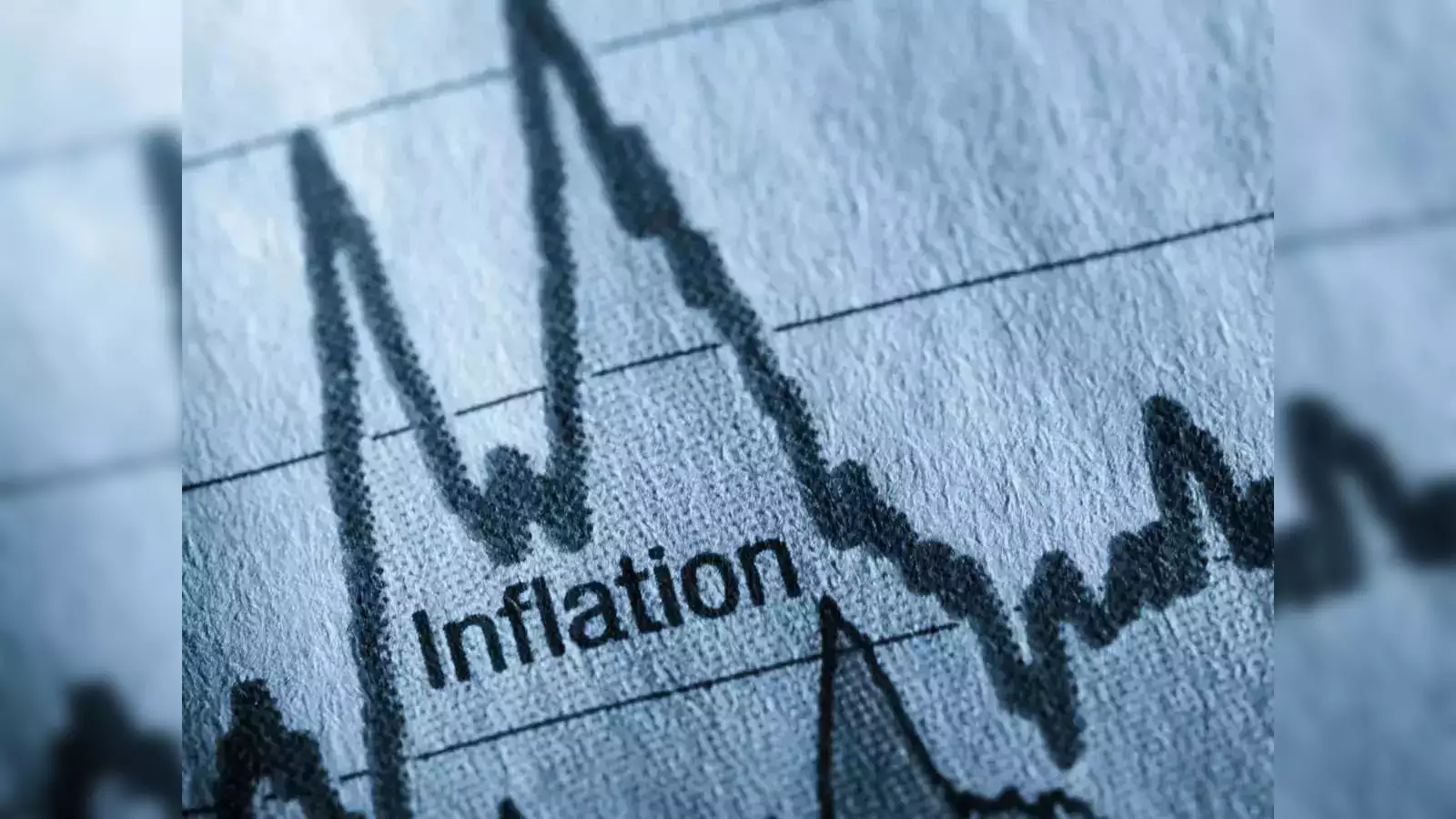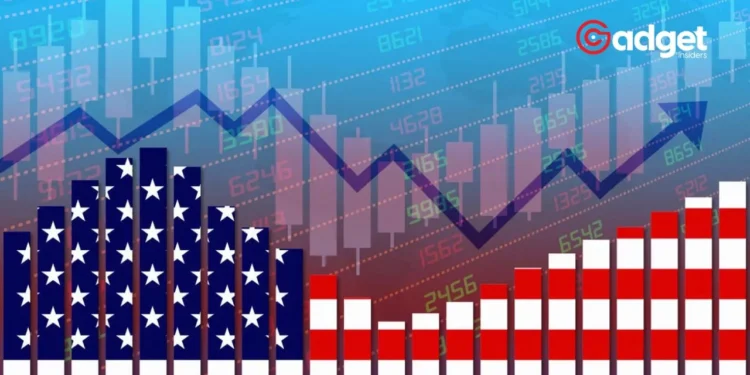In recent financial updates, inflation has continued its upward trend, prompting a rethink of the anticipated monetary policies in the United States. The latest data from the Bureau of Labor Statistics reveals a significant 3.5 percent rise in prices from March 2023 to March 2024, a slight increase from February’s annual rate of 3.2 percent.
This stubborn inflationary pressure is complicating the Federal Reserve’s roadmap for lowering interest rates, previously expected to commence later this year.

A Closer Look at March’s Inflation Data
March’s inflation report, characterized by a 0.4 percent month-over-month increase, suggests a cooling is not on the immediate horizon. This development aligns poorly with broader economic expectations and paints a grim picture for those hoping for relief in borrowing costs.
“March would not give anyone any confidence,” stated Douglas Holtz-Eakin, president of the American Action Forum and former director of the Congressional Budget Office, underscoring the unease felt by economists and market watchers.

The Fed’s Stance Amid Rising Costs
Despite a hopeful decline in the inflated rates since mid-2022, recent months have seen a reversal, with price hikes reaccelerating. This uptick is driven primarily by housing and energy costs, which together accounted for more than half of the monthly increase in the consumer price index.
Rent, in particular, has shown a persistent rise, up 5.7 percent year-over-year as of March.
The Federal Reserve, which had been on a path to potentially lower interest rates, now finds itself maintaining a cautious stance.
The central bank has raised interest rates to their highest in 23 years, a direct response to the inflated spikes, with a strategic aim to slow the economy and temper inflationary pressures.
Mortgage rates spike +0.23 to 7.29% after inflation data is released …
U.S. 10 Year Treasury jumps +0.141 to 4.507%
Avg 30 yr fixed mortgage rates make another big move higher…
Rates have to go higher to attract investors to the risk, unless the Fed starts printing… pic.twitter.com/b9xABI04mo
— Wall Street Silver (@WallStreetSilv) April 11, 2024
Political Implications and Market Reactions
The timing of inflation trends and interest rate adjustments is particularly critical as it coincides with the U.S. presidential election cycle. The Federal Reserve’s decisions in the coming months could become a pivotal issue as parties vie for economic leverage in their campaigns.
Additionally, Vice President Joe Biden has stated that he will continue to support programs that are targeted at lowering costs for the American people, although he has acknowledged that these persistently inflated prices may postpone the process of anticipated rate reductions.
Biden remarked, “This may delay it by a month or so,” highlighting the uncertainty that surrounds the moves taken by the Federal Reserve.
Market Responses and Future Outlook
Financial markets have reacted tepidly to the ongoing economic signals, with major stock indexes like the Dow Jones Industrial Average experiencing downturns. The uncertainty fuelled by inflation and interest rate speculations has led to cautious trading patterns.
Economists and policymakers are now closely monitoring various economic indicators, seeking clearer insights into inflation’s trajectory.
A key measure, excluding volatile categories like food and energy, also rose by 0.4 percent in March, mirroring the increase of the previous two months, suggesting that more entrenched inflationary pressures, particularly from services sectors, remain unmitigated.

As the U.S. economy navigates these inflationary challenges, the path forward remains fraught with complexity. The Federal Reserve’s upcoming decisions will be critical in shaping economic strategies, particularly as they attempt to balance growth with inflation control.
During the time that stakeholders are waiting for these crucial decisions, the broader ramifications for the economy and regular Americans continue to develop, highlighting the difficult balance that exists between policy and economic realities.










